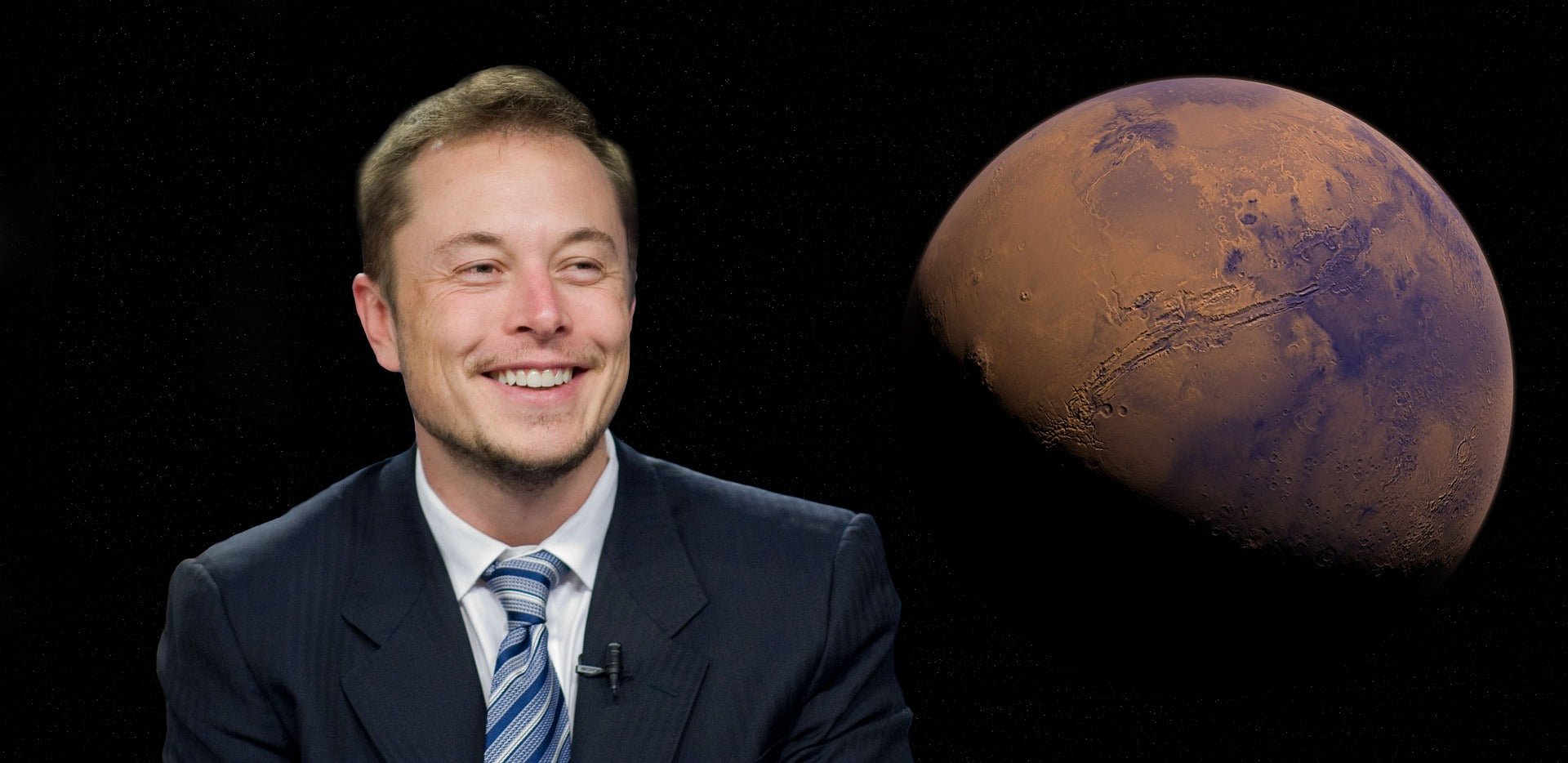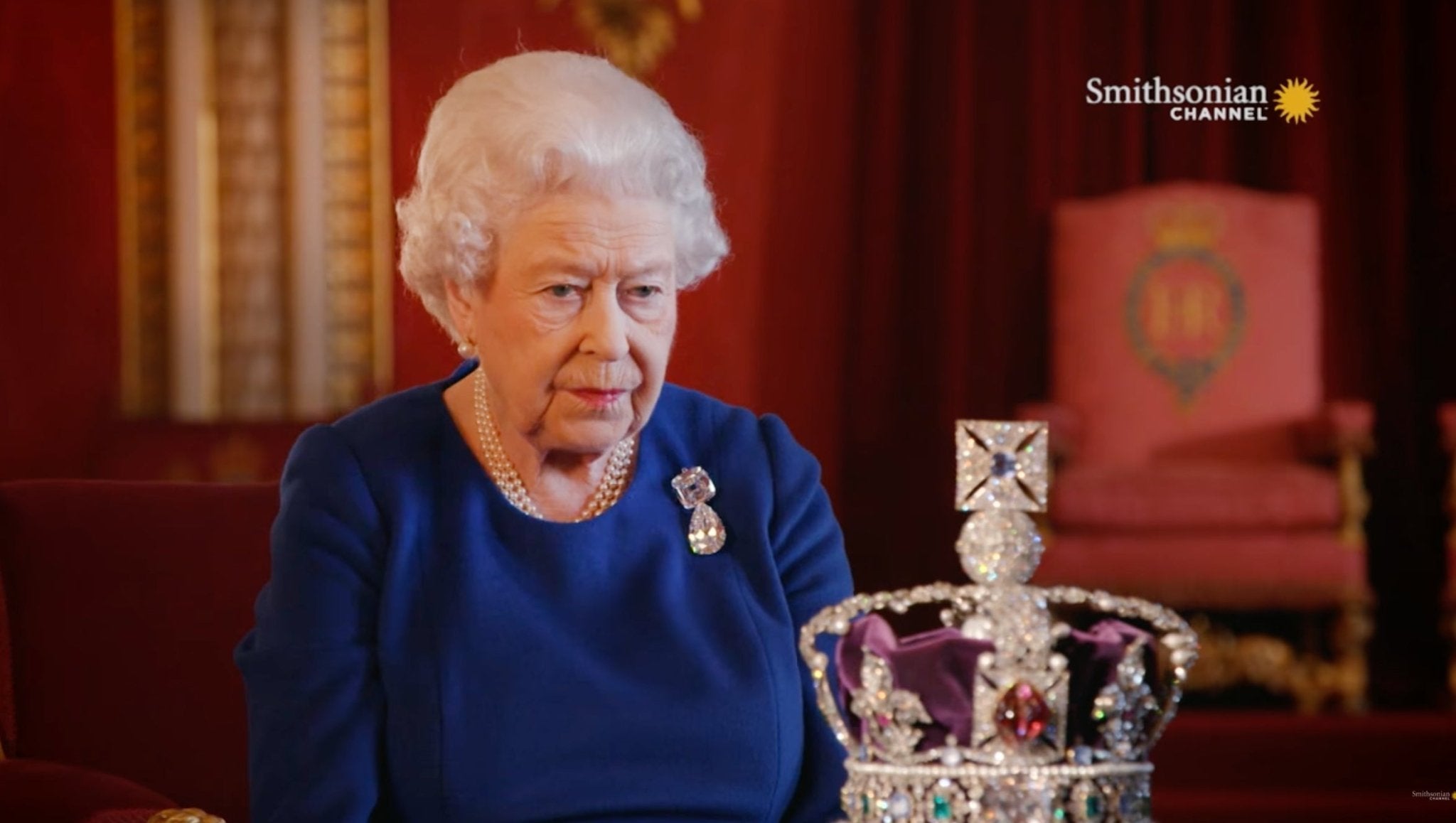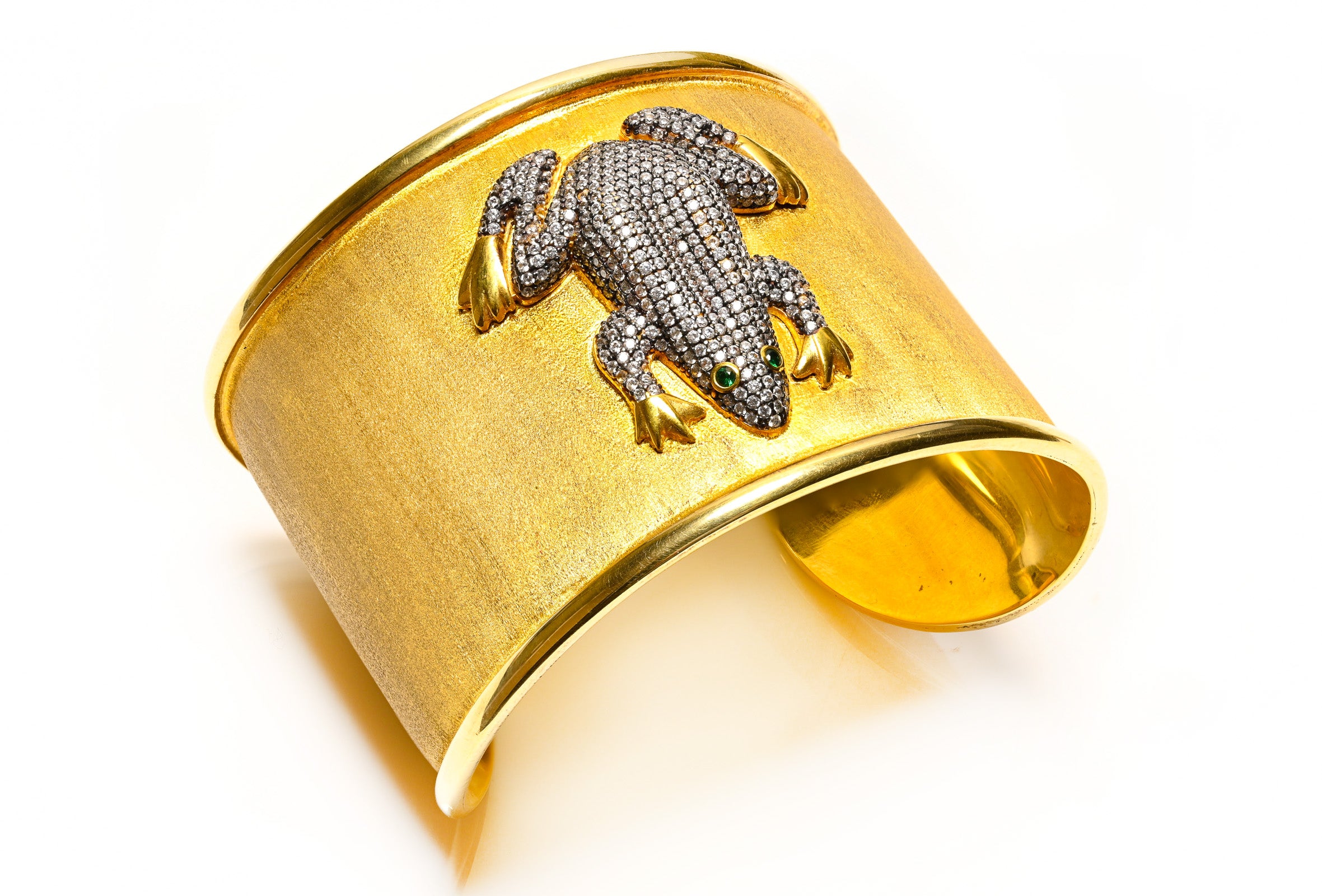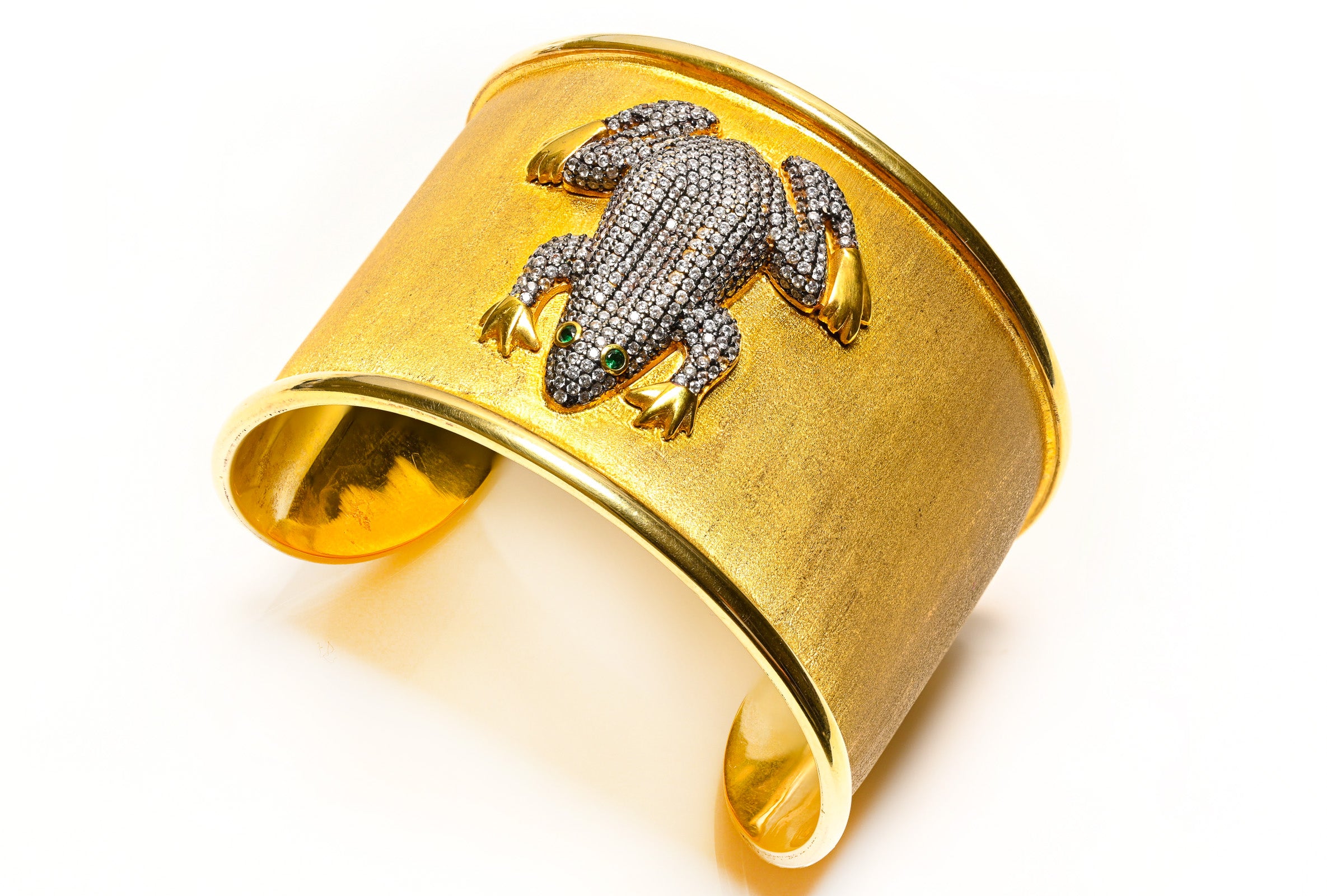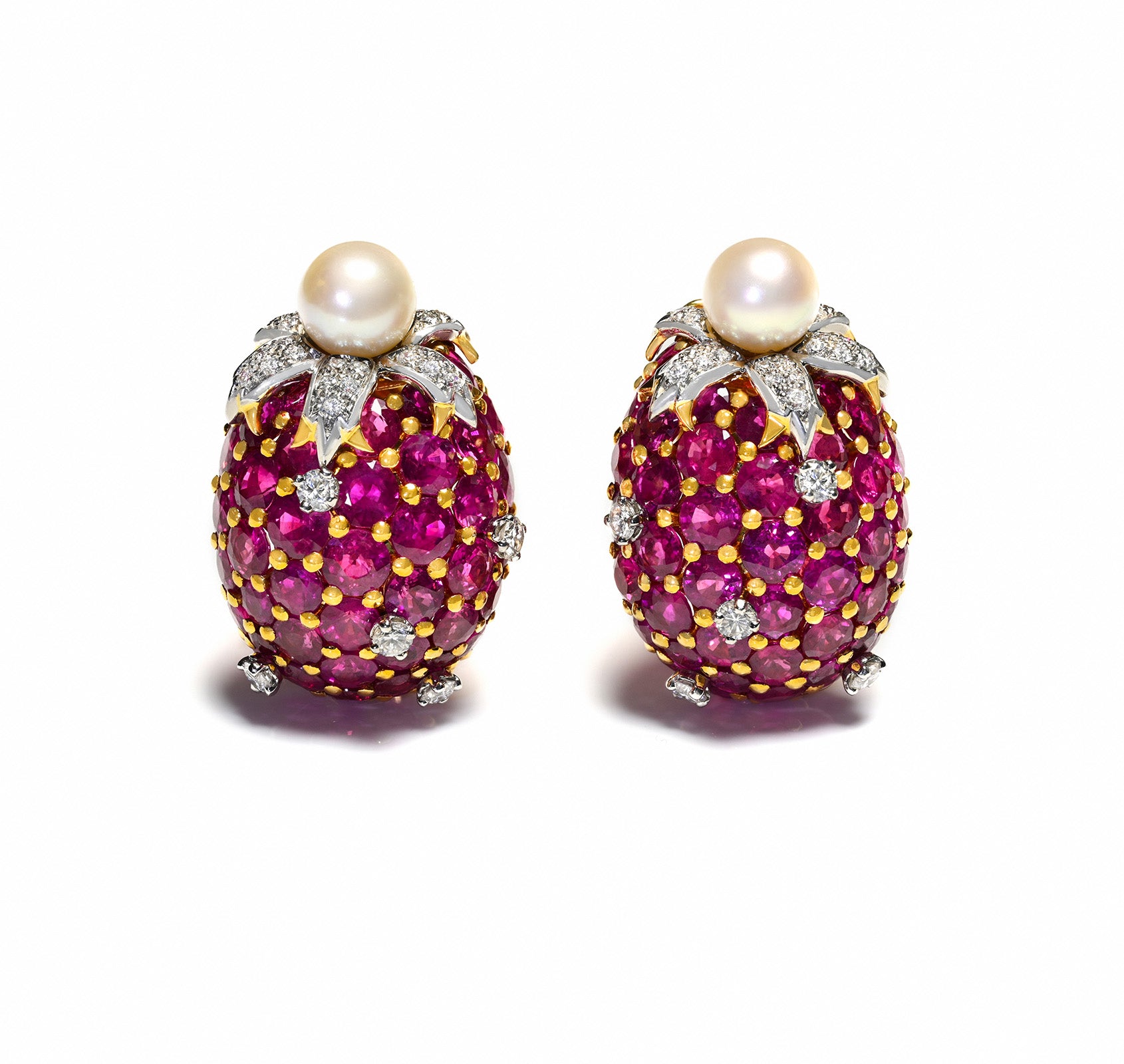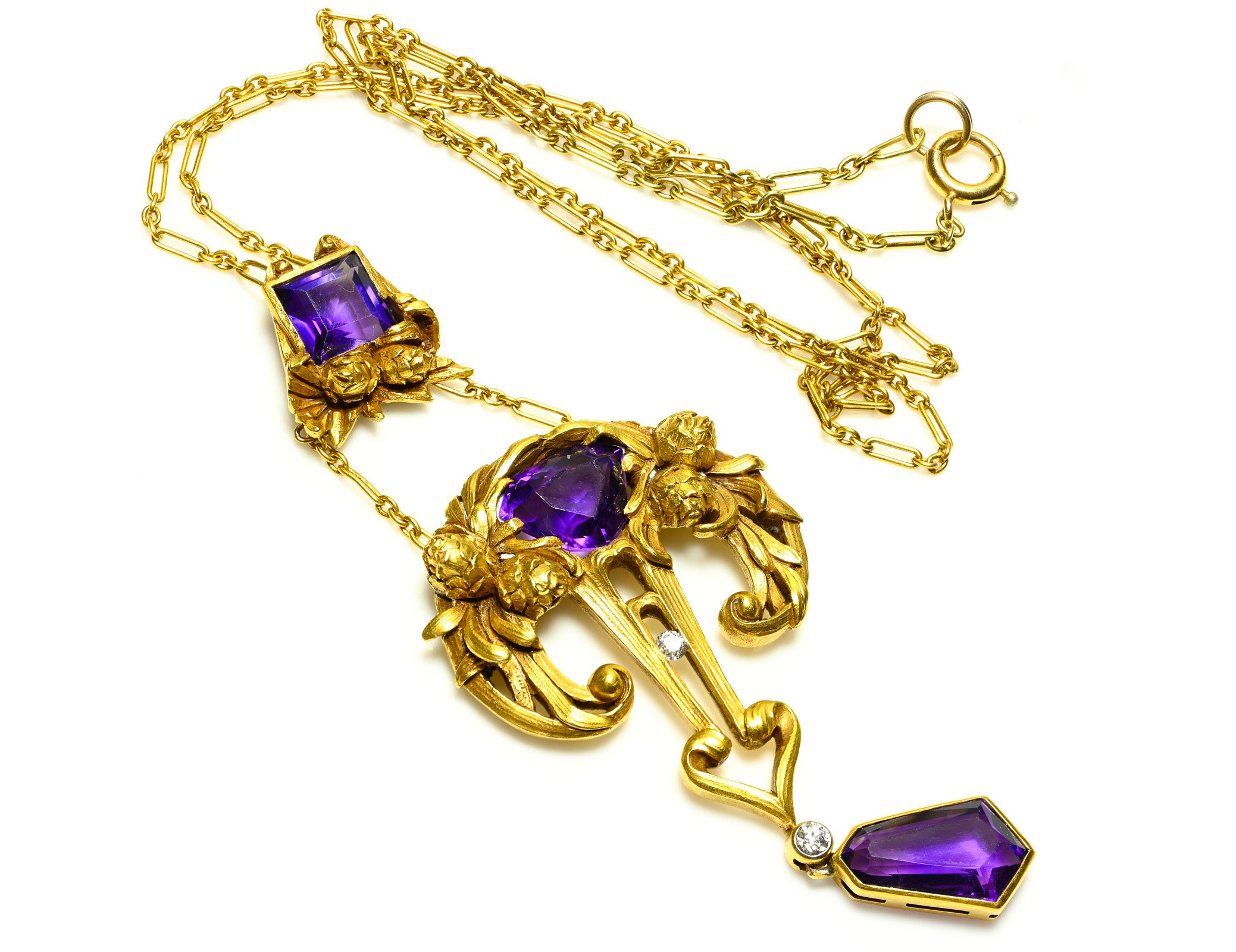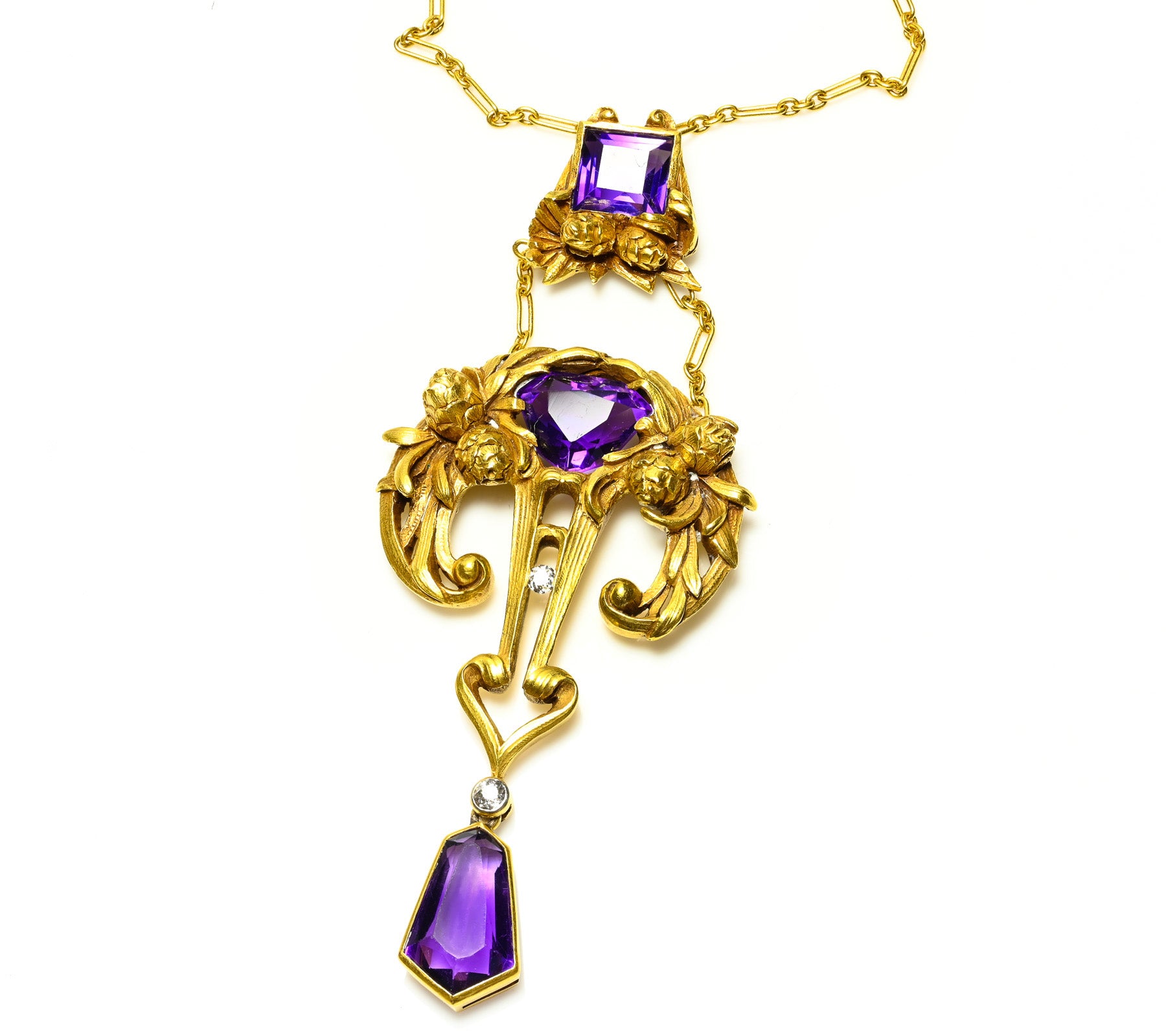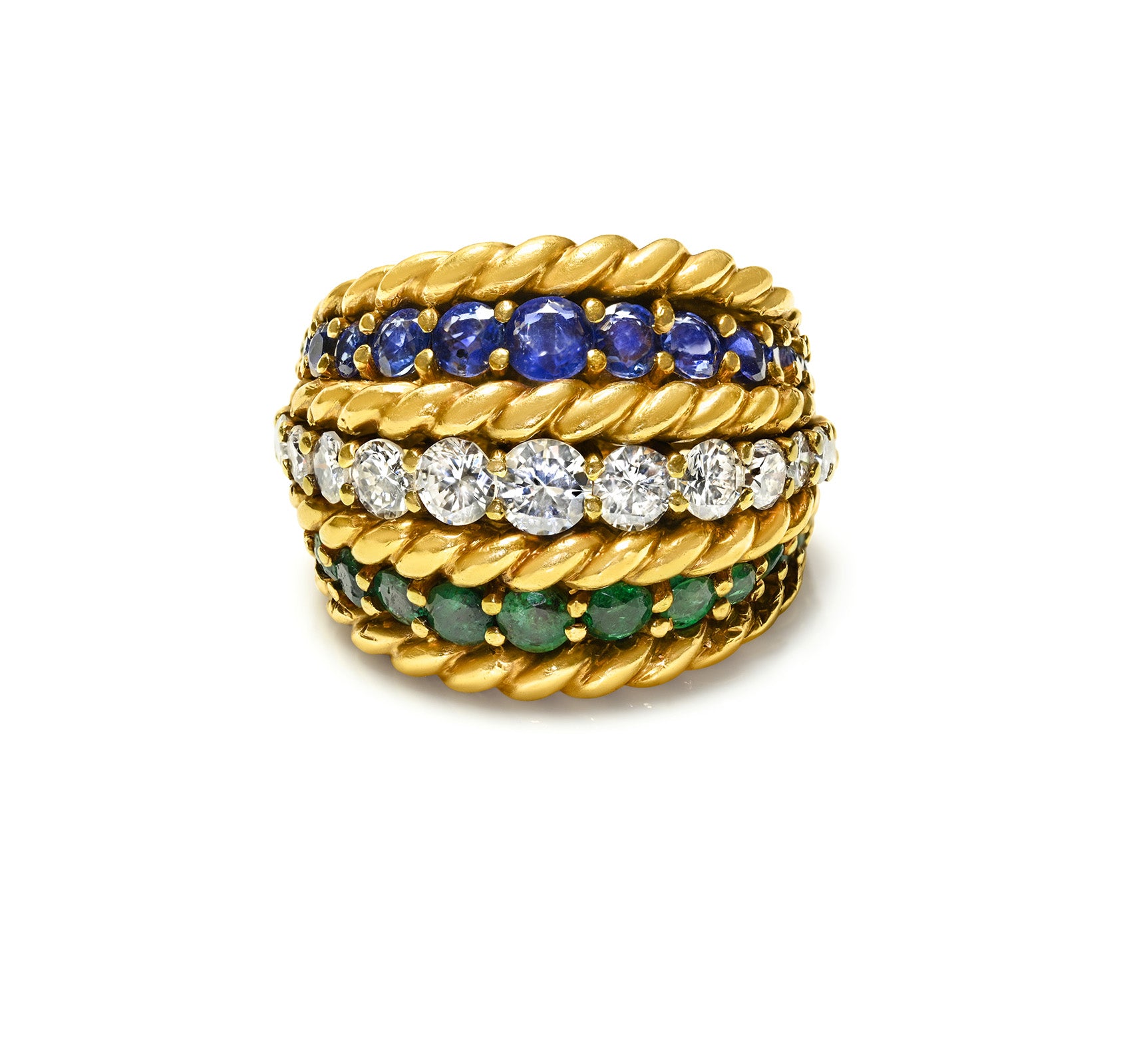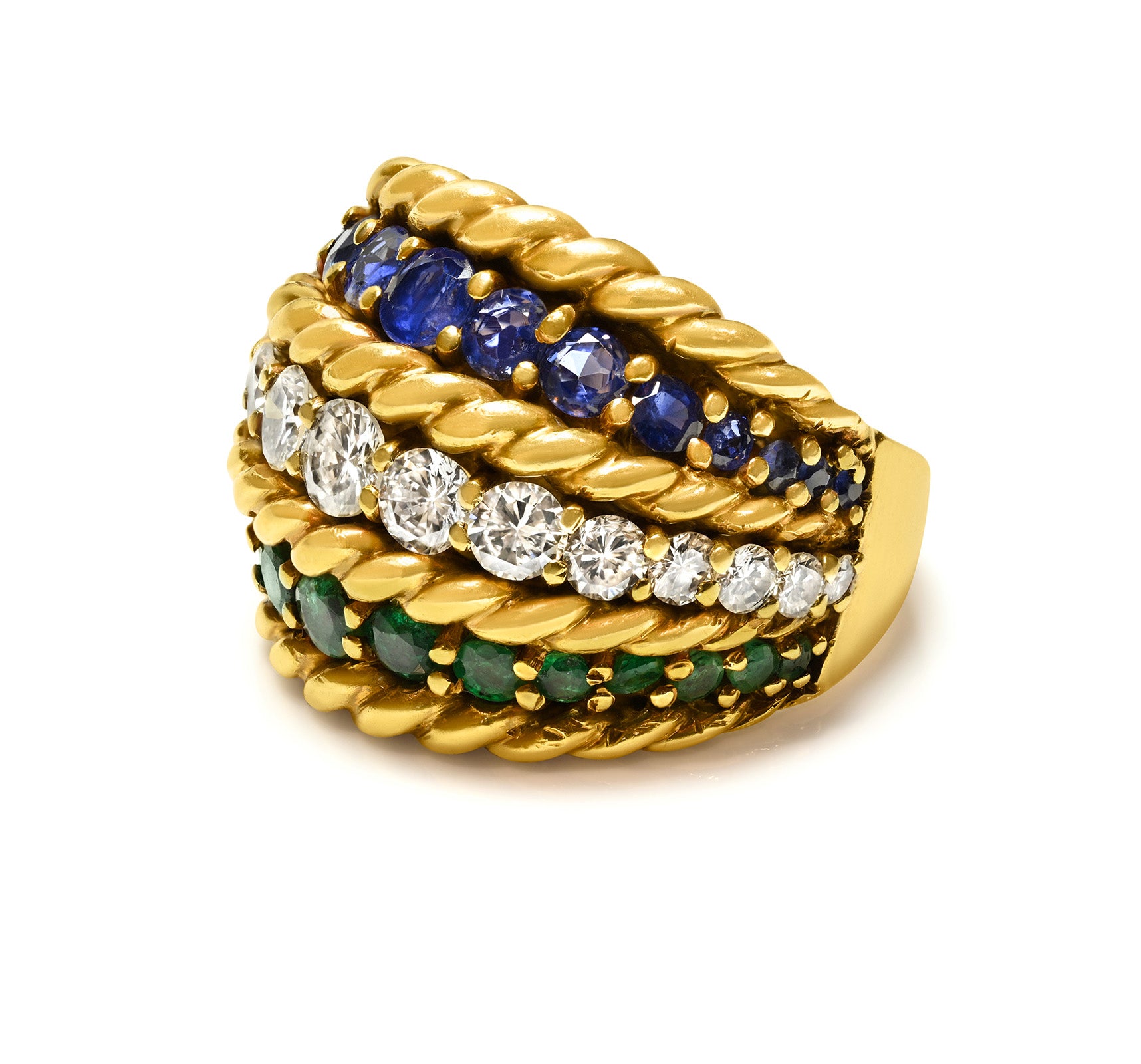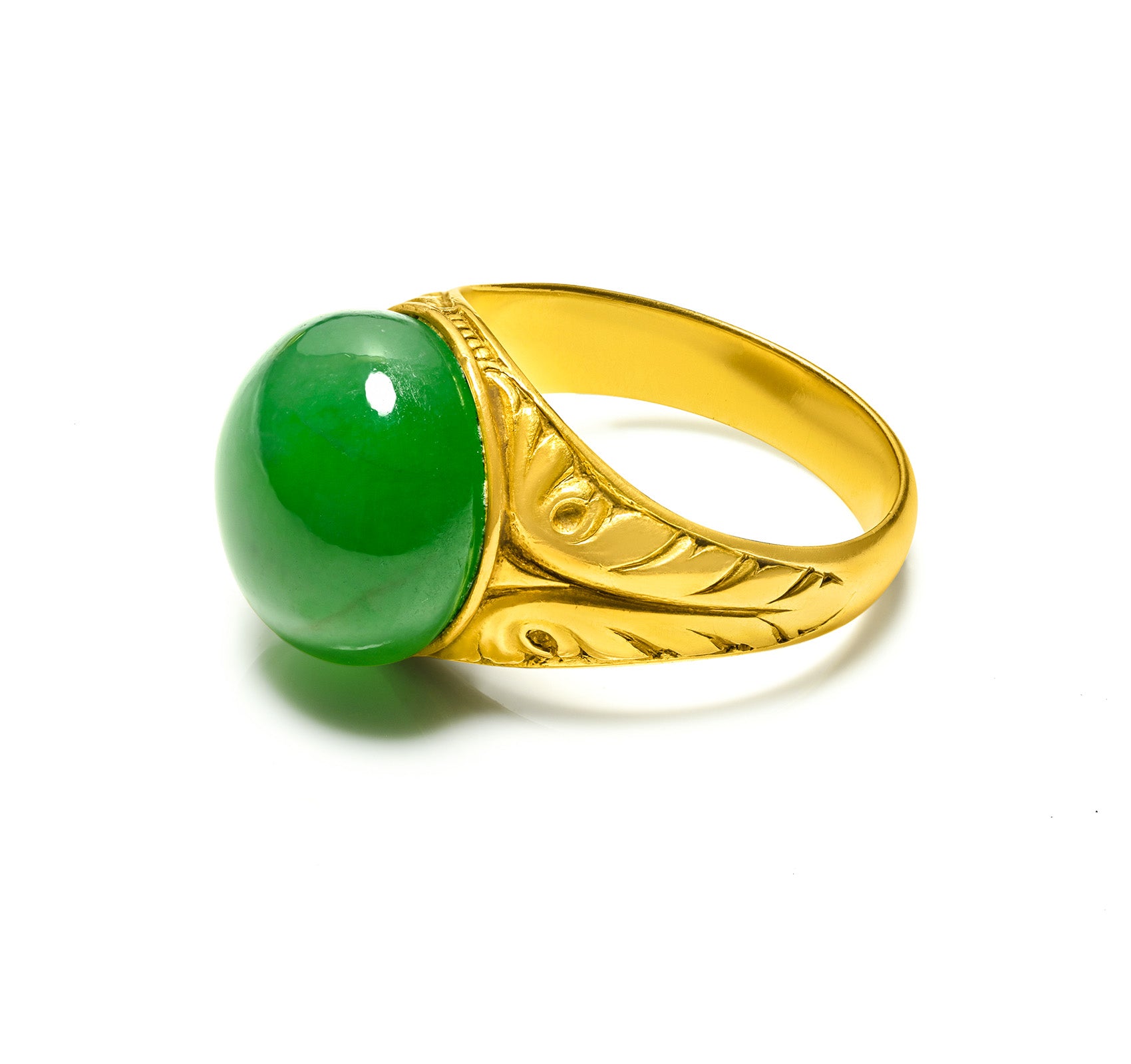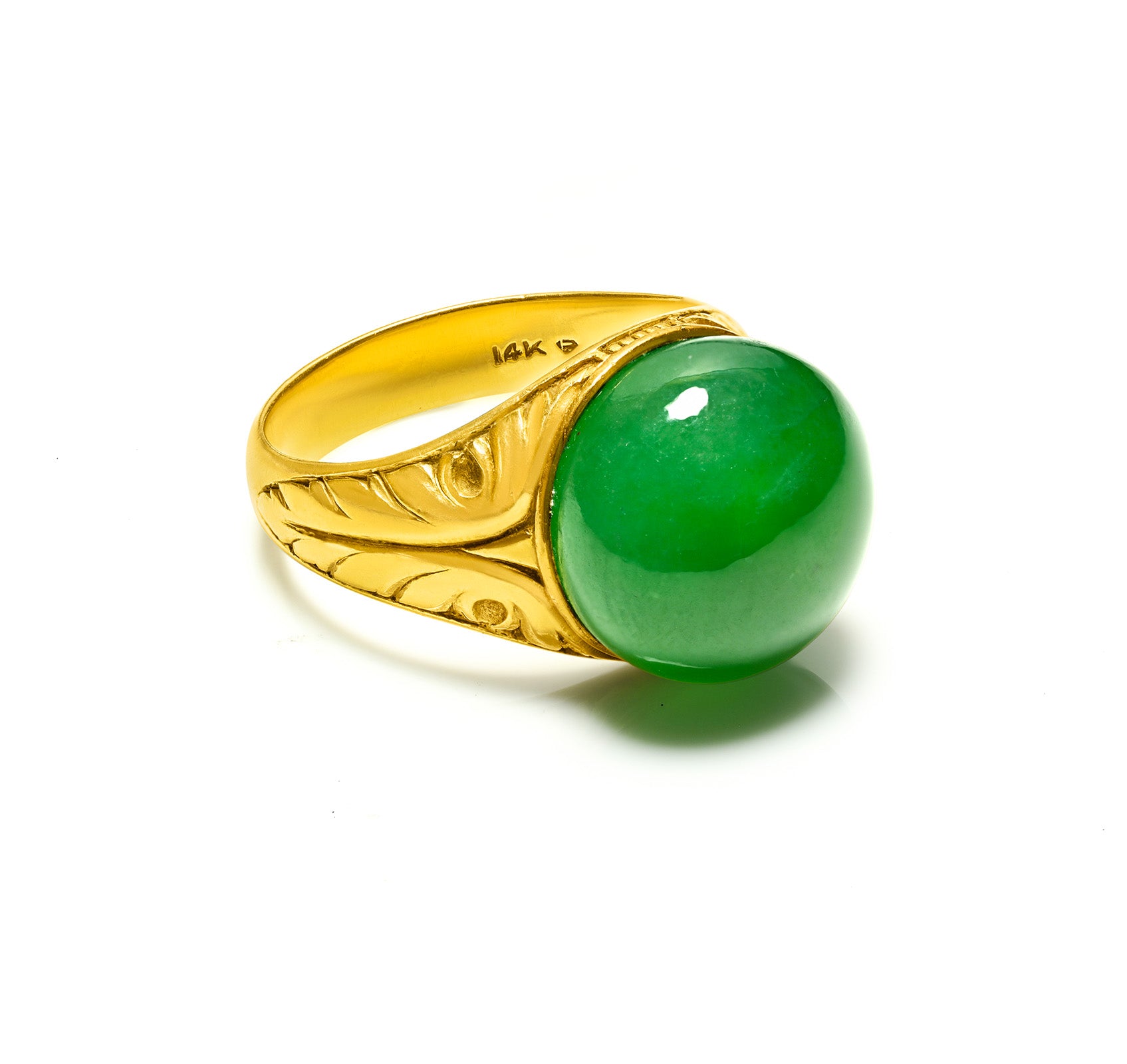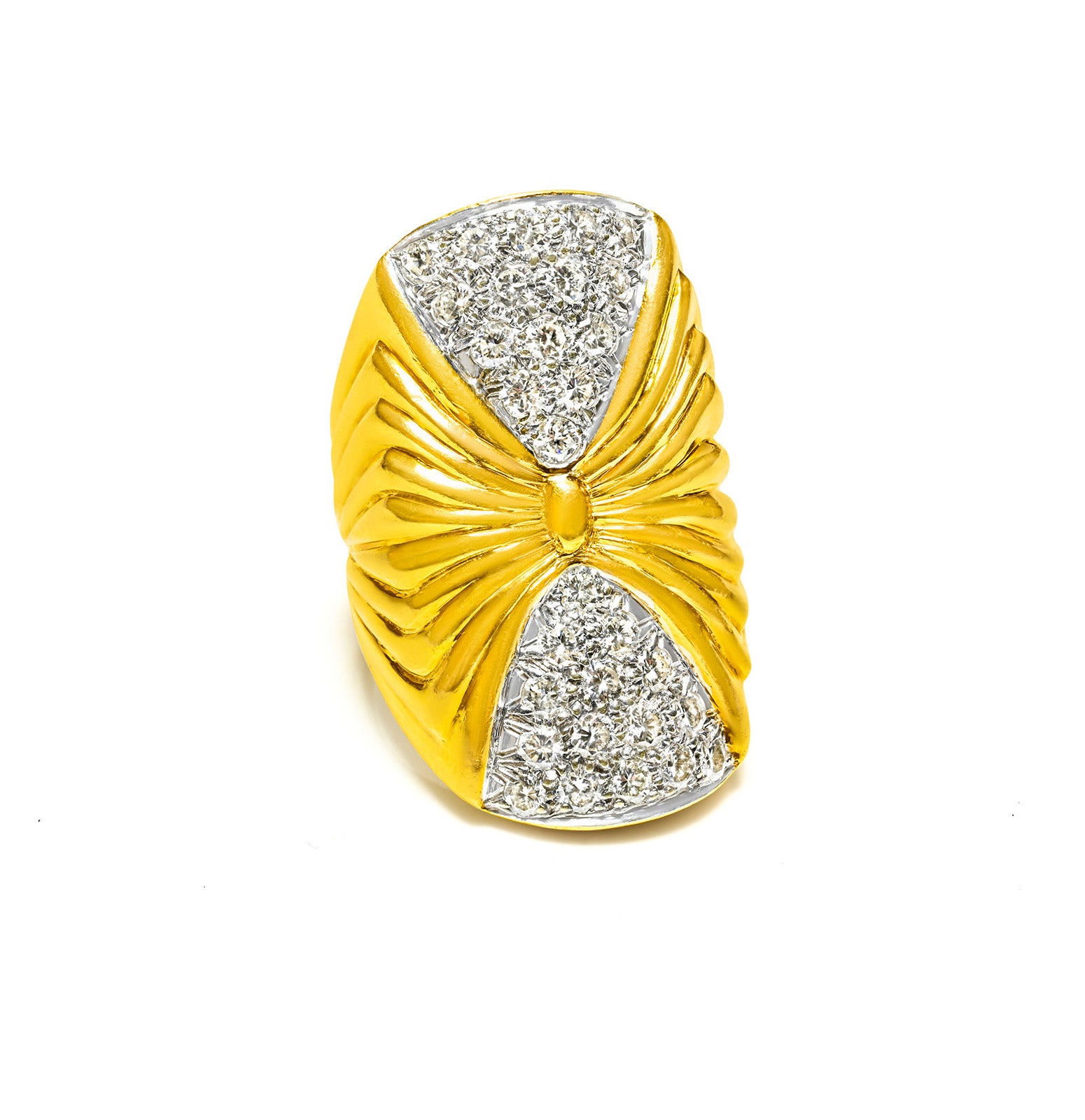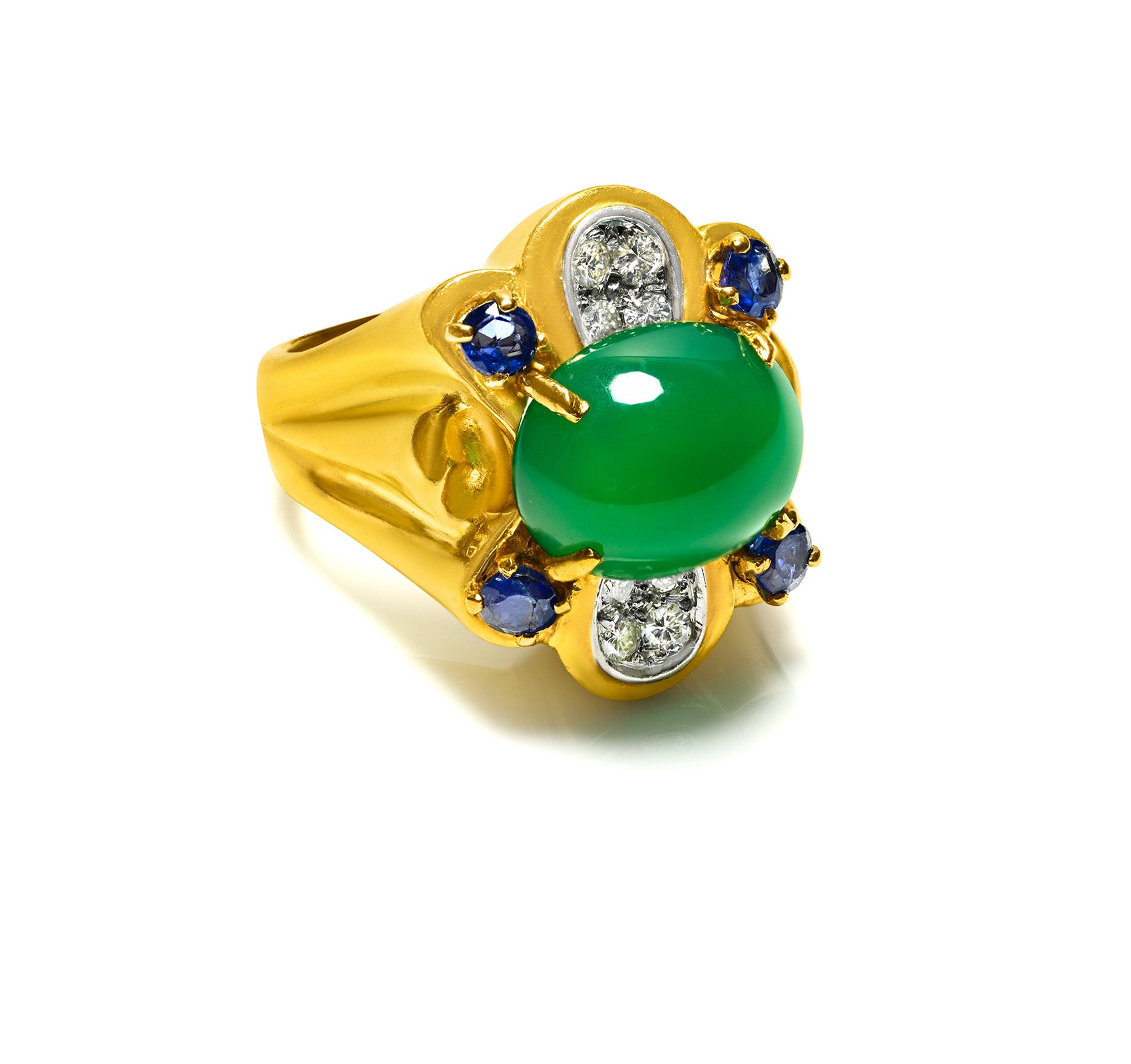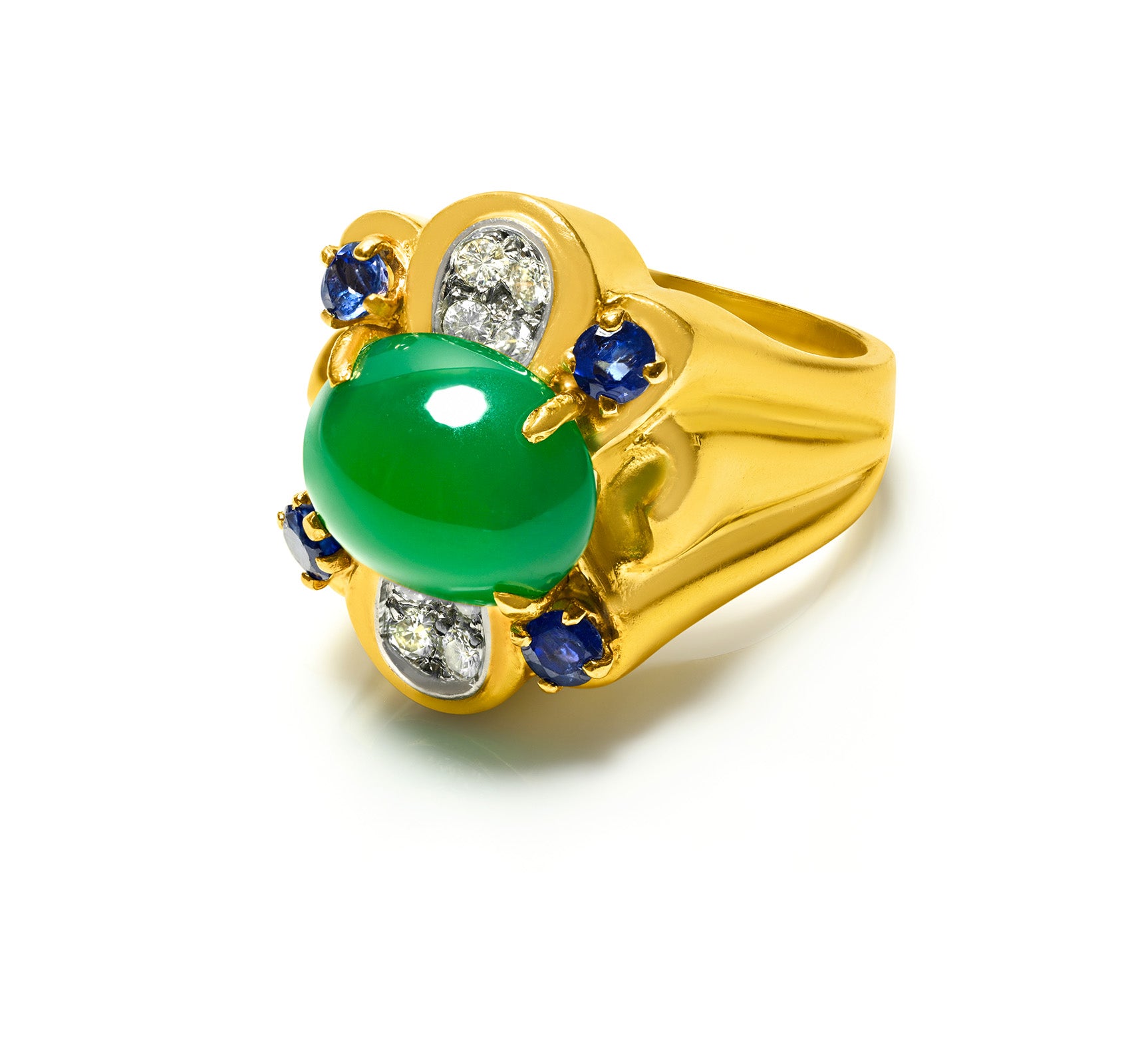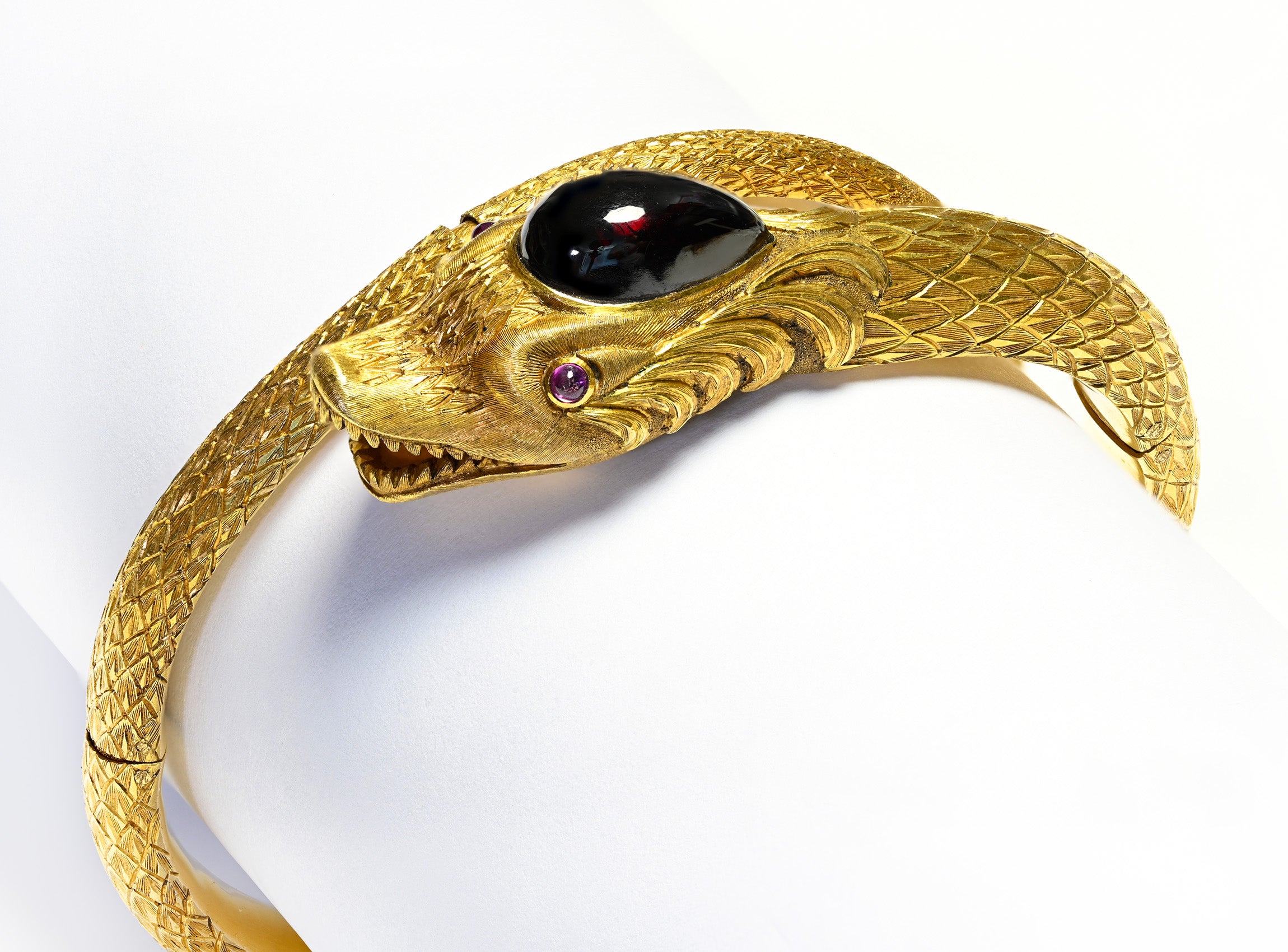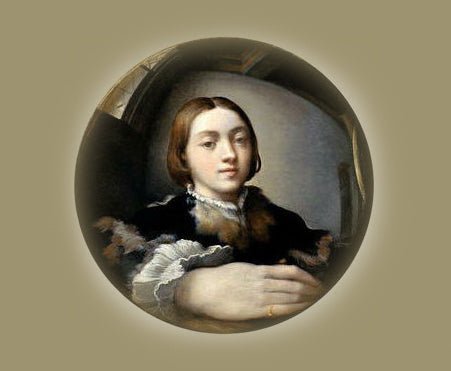
The Fascinating Evolution Of The Selfie
One only has to look at the famous Renaissance painter Parmigianino's strange convex mirror self-portrait, painted on a wooden oval, to get us thinking.
The History Of The Selfie
Later in history, we find a self-portrait in Philadelphia taken by chemist and photography pioneer Robert Cornelius 175 years ago in his family's shop using a camera. He didn't call it a selfie back then, but "The first light picture ever taken, 1839," according to The Epoch Times.
Photo Credit: Parmigianino (Wikipedia)
Chronologically we discover later Joseph Byron, founder of the "Byron Company photographic studio", taking a selfie in 1909, then Duchess Anastasia of Russia in 1914.
Photo Credit: Duchess Anastasia (YouTube)

Photo Credit: Joseph Byron (Facebook)
Oscar-winning American film director, writer, and producer Stanley Kubrick took a selfie in 1949.
Photo Credit: Stanley Kubrick (YouTube)
In 1950, Colin Powell, US Secretary of State, took a selfie, followed ten years later by American journalist and author Hunter S. Thompson. Photographer Tony Ray-Jones did it in 1965, photojournalist Terry Fincher in 1966, and American poet Allen Ginsberg took a selfie in 1985.
Photo Credit: Colin Powell (YouTube)
This brings us closer to modern-day selfies. But not before we bring up American astronaut Buzz Aldrin who took the first selfie from space in 1966.
Photo Credit: Buzz Aldrin (Facebook)
The Popularity Of Selfies Exploded In The Internet Age
The popularity of selfies among social media users has led to the development of many different types of selfies, from the simple selfie showing the person's face, to photos showing off their hair, their backside, capturing a couple, or even controversial forms of selfies where teenagers pose in all sorts of situations.Experts have discovered at one point that more than many young people take at least one selfie every week, with women taking slightly more self-portrait photos than men.
Many of those who take selfies also edit them before publishing them.
What Do Some Psychologists Say About The Selfie
According to experts, men who post selfies on social media very often are more likely to show signs of psychopathy, a personality disorder characterized by anti-social behavior. They are more likely to be narcissistic and self-oriented. But also more attractive.The study, published in the journal "Personality and Individual Differences", also confirmed a popular belief that people who share their selfies online tend to be narcissistic. Moreover, narcissism and self-orientation are also closely linked to people who edit their photos before posting them online.
"People are becoming more and more comfortable with the idea of sharing intimate, even very personal, details as social media becomes increasingly popular," says psychologist Chris Chesher, a lecturer in digital culture at the University of Sydney in Australia.
The psychologist explained that social platforms like Facebook have been around for a few years now, so the unwritten rules or expectations of how they should be used have already been set.
The psychologist explains that the popularity of selfies can also be explained by the fact that users are in total control of their own image, of how they choose to appear in a photo, which implies a certain power relationship, as opposed to when other people take their photos and they are in control.
And so we found ourselves with a new word in the dictionary. Indeed the word "selfie" was declared by the Oxford English Dictionary in November 2013 as the word of the year.

